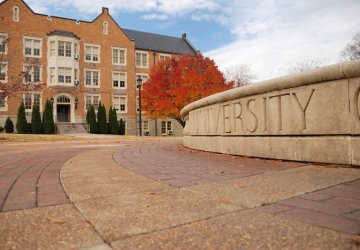
For many years, considerable research has been conducted to determine what factors drive a student’s decision when choosing a school. Colleges and universities would love a magic equation that leads to attracting the best and brightest students, but every student is different, and every new class of students has different expectations. However, research has revealed that one of those critical factors is facilities.
Walking around a beautiful campus or seeing how busy and accessible the university’s library or student hub is can be the difference for a prospective student trying to picture where he or she could fit in for the next four years. The role that facilities plays, therefore, becomes two-fold: something that can both attract new students to attend, and something that makes students want to stay.
Attracting new students
More than two-thirds (67%) of students view facilities as a crucial part of their decision to attend a university, according to a survey by the Association of University Directors of Estates. In the UK, eight out of ten students said facilities played a role in them choosing a university. When institutions can offer an attractive and functional campus, they’re not only offering something that more than two-thirds of students are looking for, they’re also setting up an environment that can achieve better engagement from their students.
Creating a great student experience
Keeping up with student expectations is easier said than done. Many higher education institutions are under constant financial strain and are finding it increasingly difficult to keep their business decisions in alignment with the goal of attracting top students. However, leveraging new and innovative technology may be the solution.
By empowering students with the right technology, particularly mobile technology, institutions give them the ability to contribute and actively engage in their own experiences on campus. When students find a broken desk, a cracked window, or room where the A/C isn’t working—and have the ability to immediately submit a maintenance request to their university to have it fixed—they become part of the institution’s improvement process. When students have the ability to reserve a study space in the library, or find an instructor from their phones, they are more productive and involved.
Even further, they evolve from simply being a stakeholder to being an engaged stakeholder for the university.
Giving students more control of their environment affects the way they view their student experience. It gives them better opportunities to collaborate and better access to the university’s learning and support services. It helps universities get better feedback from their students on a much timelier basis, which impacts important decisions for the university as they look ahead.
When equipped with the right technology and processes, institutions have an opportunity to enable students to become active participants in streamlining their own processes, which in turn benefits both the student and the institution. And with enhanced process improvement, comes the opportunity to not only uncover operational efficiencies, but the ability to also attract and keep happier, more satisfied students.





















